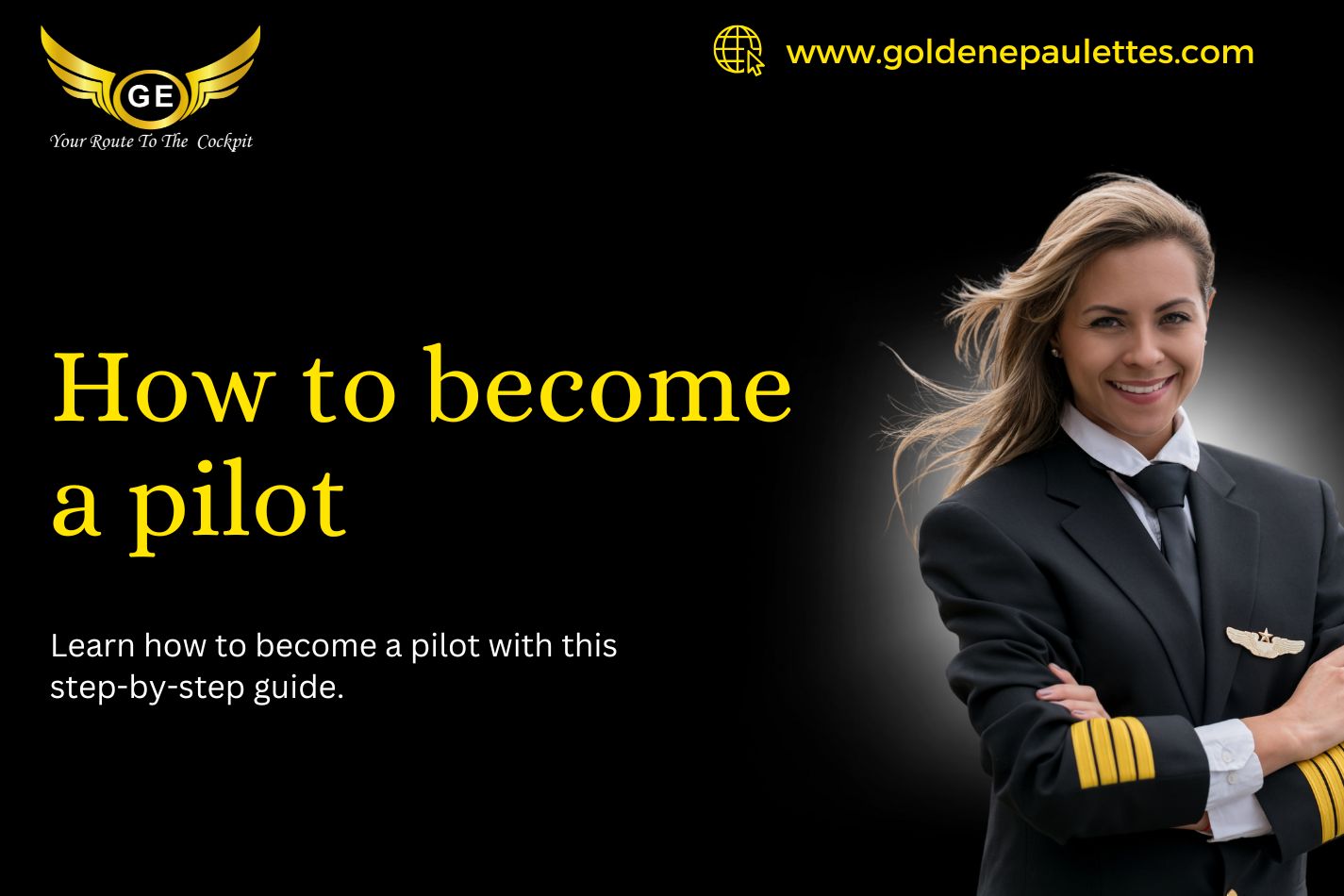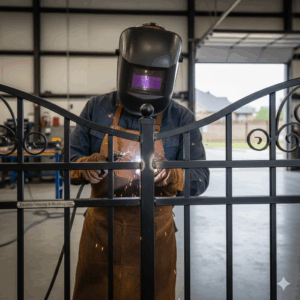Everything You Need to Know About How to Become a Pilot and Excel
Becoming a pilot is a dream for many, but the journey to achieving it requires dedication, effort, and meticulous planning. Whether you aim to become a commercial pilot or a private pilot, understanding the steps involved is crucial. In this guide, we’ll break down everything you need to know about how to become a pilot and excel in your aviation career.
Understanding the Role of a Pilot
A pilot is responsible for flying aircraft, ensuring passenger safety, and handling various technical and operational aspects of a flight. While the dream of soaring through the skies is thrilling, the responsibilities involved are immense. Pilots work under pressure, make quick decisions, and need excellent communication and problem-solving skills.
Types of Pilots
Before diving into how to become pilot, it’s essential to understand the different types of pilots:
- Private Pilot (PPL): Suitable for those who wish to fly non-commercially.
- Commercial Pilot (CPL): Required for those aspiring to make a career in aviation by working for airlines, charter companies, or private firms.
- Airline Transport Pilot (ATP): The highest level of pilot certification, necessary for becoming a captain on commercial flights.
Educational Requirements
To begin your journey on how to become pilot, you need to meet certain educational qualifications:
- Complete your 10+2 education with Physics and Mathematics.
- If you did not have these subjects, you can pursue them through the National Institute of Open Schooling (NIOS).
- For CPL, a bachelor’s degree in aviation or a related field can be beneficial but is not mandatory.
Medical Requirements
Aviation requires pilots to be in excellent physical and mental health. You need to clear:
- Class 1 Medical Examination: Required for CPL and ATP. Conducted by DGCA-authorized medical examiners.
- Class 2 Medical Examination: Necessary for PPL. This can be conducted by any DGCA-approved doctor.
How to Become Pilot: Step-by-Step Process
Step 1: Research and Choose a Flight School
- Enroll in a DGCA-approved flight school in India or abroad.
- Compare training programs, costs, facilities, and faculty before making a decision.
Step 2: Obtain a Student Pilot License (SPL)
- Apply for an SPL, which allows you to start your flight training.
- This license involves clearing a written exam covering aviation basics.
Step 3: Complete Ground School Training
- Learn about aviation theory, meteorology, navigation, flight instruments, and regulations.
- Prepare for theoretical exams conducted by DGCA.
Step 4: Begin Flying Training
- Accumulate flying hours under the guidance of certified instructors.
- For CPL, a minimum of 200 flying hours is required.
- For PPL, a minimum of 40 flying hours is needed.
Step 5: Clear Written Exams
- Take DGCA theory exams based on your training.
- Subjects include Air Regulations, Air Navigation, Aviation Meteorology, and Technical General.
Step 6: Obtain Your Pilot License
- Pass the flying test conducted by DGCA examiners.
- Once cleared, you receive your pilot license based on your training (PPL or CPL).
Costs Involved in Becoming a Pilot
Understanding the expenses is essential for those wondering how to become pilot. The approximate costs are:
- PPL Training: ₹6 to ₹10 lakhs.
- CPL Training: ₹25 to ₹50 lakhs.
- Additional costs may include exam fees, medical examinations, and other documentation.
Skills Required to Excel as a Pilot
- Communication Skills: Clear and effective communication is crucial.
- Problem-Solving Ability: Quick decision-making during emergencies.
- Technical Knowledge: Thorough understanding of aircraft systems.
- Situational Awareness: Maintaining alertness during flights.
- Discipline and Patience: Flying requires meticulous practice and dedication.
Challenges Faced by Aspiring Pilots
- High Training Costs.
- Stringent Medical and Physical Requirements.
- Intense Competition for Jobs.
- Maintaining Proficiency through Continuous Training.
Rewards of Becoming a Pilot
Despite the challenges, the rewards of becoming a pilot are immense:
- Lucrative salary packages.
- The thrill of flying.
- Opportunities to travel around the world.
- Respect and recognition in society.
Tips for Aspiring Pilots
- Choose the right flight school and ensure it’s DGCA-approved.
- Prepare well for the exams and maintain excellent health.
- Continuously enhance your skills and knowledge.
- Network with experienced pilots and seek guidance.
Conclusion
Now that you know how to become pilot, it’s time to take action. The journey to becoming a pilot is challenging but incredibly rewarding. With proper planning, dedication, and consistent effort, you can excel in the aviation industry and fulfill your dream of flying high.









